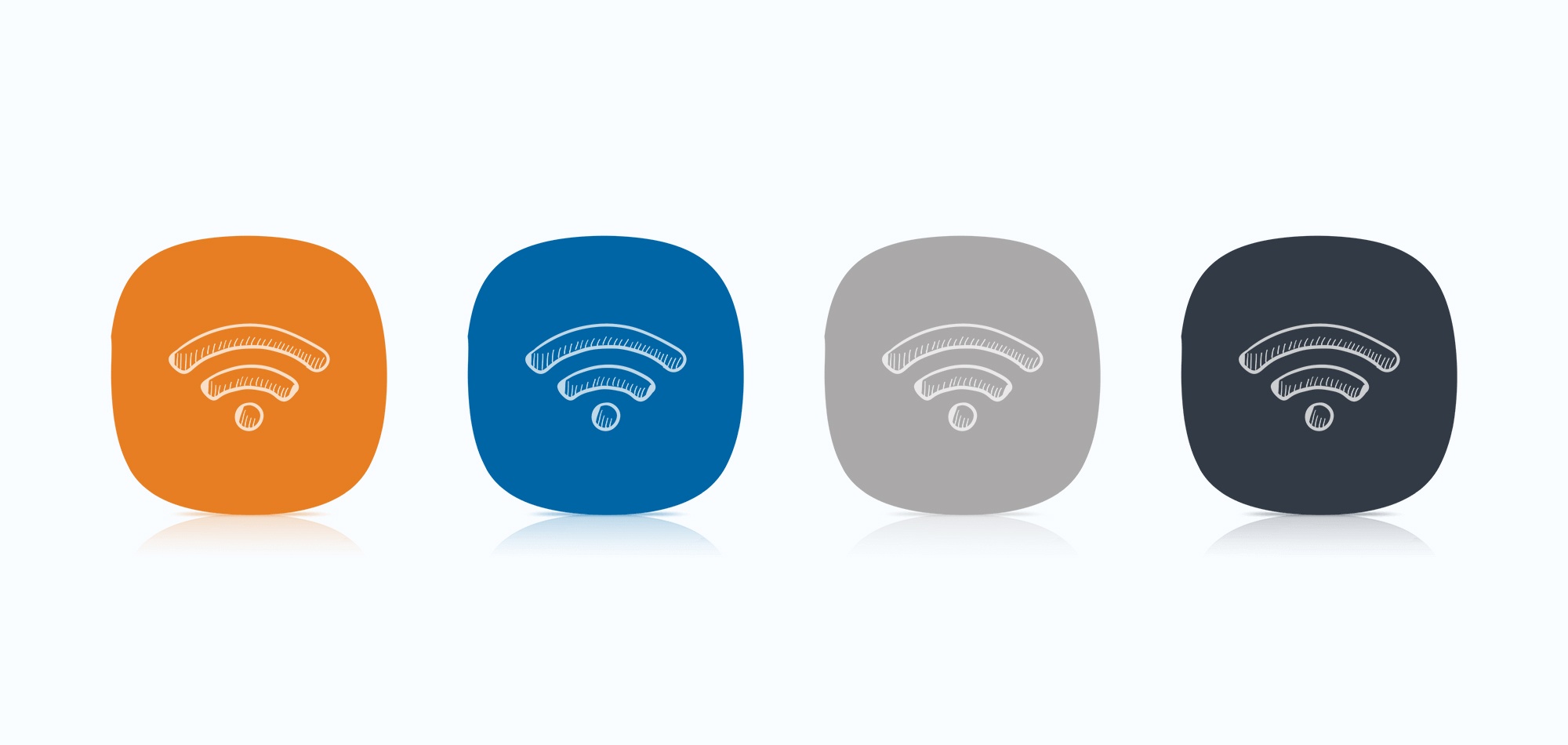The average student has 3.5 mobile devices capable of connecting to Wi-Fi, and that’s just your students! You then have teachers, administrators, other staff, and even guests that have mobile devices that want a piece of your campuses wireless connection.
Without defining roles, placing limitations (enforcing policies), and having visibility of who your end-users are and how they are trying to access your network- you’re pretty much left between a rock and a hard place when it comes to providing a secure, reliable Wi-Fi experience on your campus.
Don’t worry, network access control is here to help you provide and manage access to your network campus-wide.
What is Network Access Control and how can it solve your campuses Wi-Fi Problems?
Network Access Control or NAC is a security solution that enables you to identify, define roles, and create policies (rules) that manage who (end-users), what (applications/devices), where, when and how they can access your campus Wi-Fi network.
Defining Your End-Users
There are 3 base criteria that need defined in order to provide a secure and reliable Wi-Fi experience for your end-users.
- Role - Your campus isn’t only made up of teachers and students. What other types of end-users would you need to identify to have high visibility and understanding of who is accessing your campus wifi? NAC allows you to identify and define your user, and then assigns a role and what that end-user (faculty, student, guest) will be able to access.
- Device/Applications - Are your end-users using laptops, smartphones, tablets, learning apps, social apps, streaming video… the list can go on. Identifying what types of devices and which applications are being used and if you want them to be used on campus is critical not only for security but also for performance as well.
- Location - Where are said devices/applications and users accessing your wireless network? On bigger campuses with remote buildings or offices, specifying where each role/device/application etc. are and are not allowed to access the network is essential for delivering a secure, high-performing campus wireless network.
Defining these criteria allows you to enforce policies and regulations put into place to provide high-visibility of who, what, where when and how people are accessing your network.
Better Control of BYOD
Today it’s more difficult to control the devices allowed on campus. As technology progresses, and device numbers increase it is important to define which BYOD devices you want to allow and how you plan to onboard them.
Having high visibility by defining roles and policies allows you to control what types of devices can and cannot access your network as well as where they’re allowed to go and what they can do once granted access.
Network access control can eliminate the need for a password login oriented system using certificate-based authentication.
Aaron Woland from NETWORK WORLD, breaks down certificate-based authentication into 4 base categorical questions and goes on to explain using a metaphor relating it to having a driver’s license.
- Has the Digital Certificate been issued?
- Is the certificate expired?
- Has the certificate been revoked?
- Has the client provided proof of possession?
In a recent case study by Aruba Networks, Trevecca Nazarine University talks about its recent upgrade, and the impact NAC has had on their new network, specifically as it pertains to guest access.
Trevecca Nazarine, found they had better connection, less complaints, a more secure and robust network, and more mobility on and surrounding the campus.
Wrapping Things Up
Whether it’s guest access or managing access for your students and faculty, network access control offers an incredible amount of flexibility and granular visibility/control to support an efficient and secure wireless experience for every device or end-user.
Depending on your specific requirements and the size of your campus network access control solutions are also more affordable than you think.
If you’re struggling to manage the increasing numbers of devices accessing your network, then it’s time to be proactive and consider an NAC solution.
At SecurEdge Networks, it’s our mission to help you create an affordable, reliable, secure, and easy to support wireless network platform. If you have any questions about network access control solutions or would like to discuss an upcoming project, please contact us here today.





